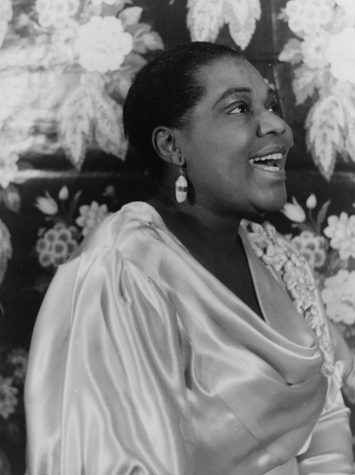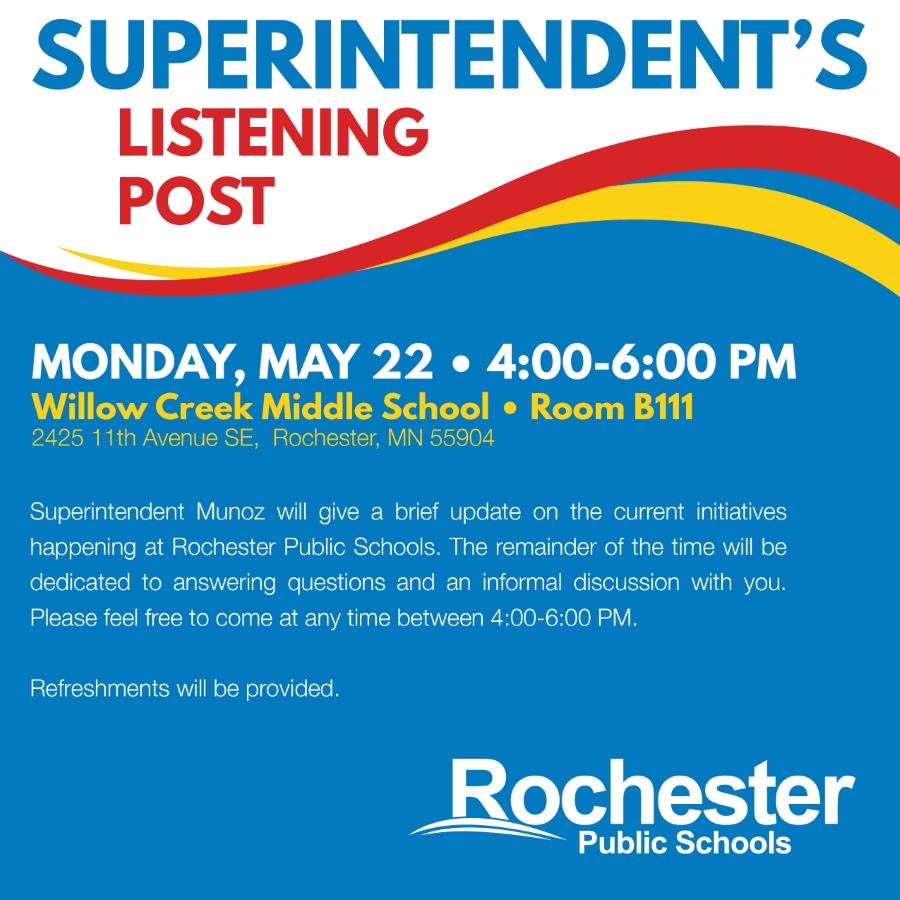The Life and Music of the ‘Empress of the Blues’
May 23, 2016
Known as “The Empress of the Blues,” Bessie Smith was the most famous female blues singer in the 1920s and 30s. Born in Chattanooga, Tennessee to an impoverished family, Bessie started performing as a street singer at an early age. Gradually, she started to build up her own act and sang in vaudeville shows in 1912. By 1923, she had started to make records with Columbia, and throughout the Roaring Twenties, she achieved fame throughout the country as one of the most popular singer’s of the Jazz Age. When the Depression hit, Bessie’s career went under for a bit, but she experienced a revival by appearing in a couple of Broadway shows and recording some swing music in the 30s. Bessie’s life was cut short in a car crash in 1937, and at her funeral thousands of people showed up to mourn the loss of her life and her music. Her legacy has influenced many blues and rock and roll artists, such as Janis Joplin and Eric Clapton, and they in turn have influenced much of our modern music today. Amy Winehouse, along with many other female vocalists, has cited Bessie as a strong influence on her music. Bessie was even inducted into the Rock and Roll Hall of Fame, to commemorate her overarching legacy into the rest of the 20th and 21st century.
 When Bessie sings the blues you can feel it in every ounce of her song. Even though some of the recordings are scratchy and old-timey, there is no denying that she has a powerful and affecting voice. She sings of past heartaches and hard times, loneliness and alcoholism. In much of her music, she complains about how men she loved didn’t treat her right, and longs for the nostalgic past when things were going well for her. In “St. Louis Blues,” a recording with Louis Armstrong and one of her most acclaimed, her strong, booming voice croons, “I hate to see that evening sun go down/ Cause my lovin baby done left this town,” with Armstrong’s trumpet accompanying her in an almost duet like way.
When Bessie sings the blues you can feel it in every ounce of her song. Even though some of the recordings are scratchy and old-timey, there is no denying that she has a powerful and affecting voice. She sings of past heartaches and hard times, loneliness and alcoholism. In much of her music, she complains about how men she loved didn’t treat her right, and longs for the nostalgic past when things were going well for her. In “St. Louis Blues,” a recording with Louis Armstrong and one of her most acclaimed, her strong, booming voice croons, “I hate to see that evening sun go down/ Cause my lovin baby done left this town,” with Armstrong’s trumpet accompanying her in an almost duet like way.
One of the reasons why Bessie was so popular was because she appealed to both white and black audiences, especially so in the segregated South of that era. She would give concerts to white-only audiences, then later go on and take advantage of the up and coming technology of the time, radio, and transmit her songs of sorrow all across the Deep South.
Bessie was a violent, mean-tempered woman, with a bit of a drinking problem. She was no stranger to bar fights and had numerous lovers, including women, which wasn’t seen in very high regard during the 1920s. Her marriage to Jack Gee featured strong infidelity on both sides, and eventually they parted ways without filing for divorce. Some of her crudeness and her temper are reflected in some of her songs, like in “Send Me to the ‘Lectric Chair,” where she sings about a woman boasting to a judge about how she killed her husband. Bessie also sang about living the simple and non-posh life, like in “Gimme a Pigfoot and a Bottle of Beer,” where she tells of the good and rowdy times she has at parties on Harlem Saturday nights.
But in the end, Bessie resonated so much with people because she sang the common person’s blues, feelingsthat everyone has had, at some point or another of their lives. People all across the country listened “Downhearted Blues” or “After You’re Gone” and felt less lonely, because they could hear that other people were going through the same things they were. That’s what the blues are all about; even though the song is sad, it’s supposed to make you feel better because it reminds us that feelings of loneliness, anger, heartbreak, and melancholy are all inherently human, and that at the end of the day, everybody feels a little blue sometimes.













